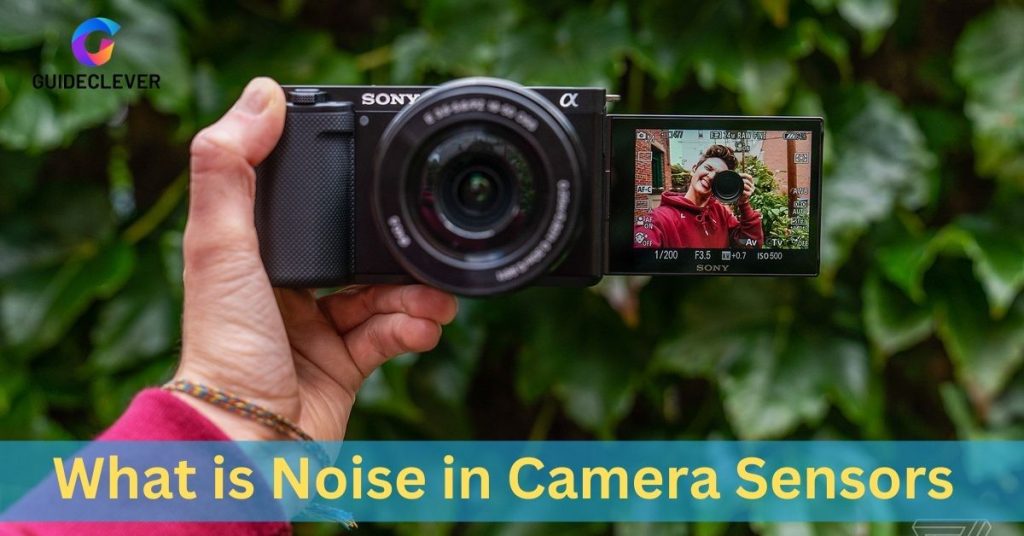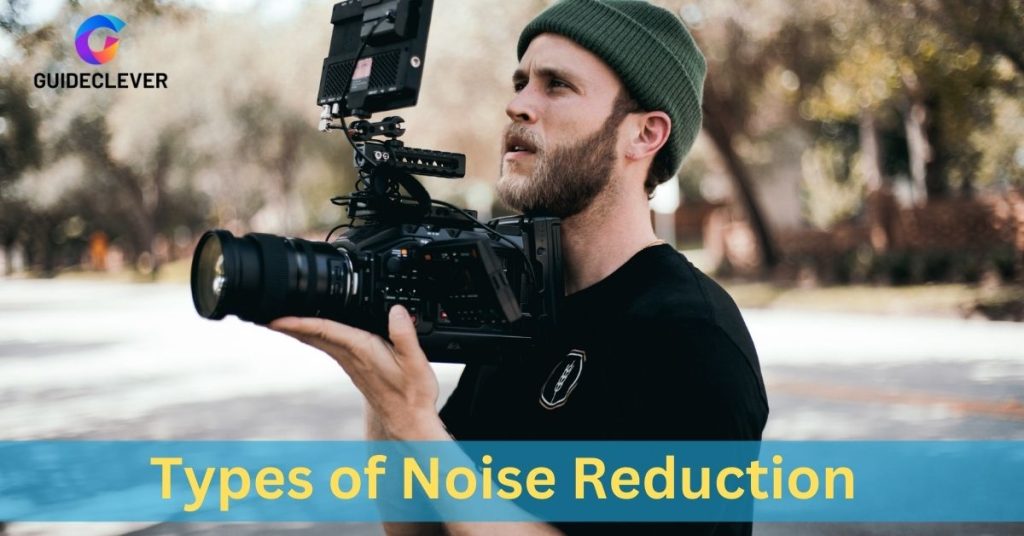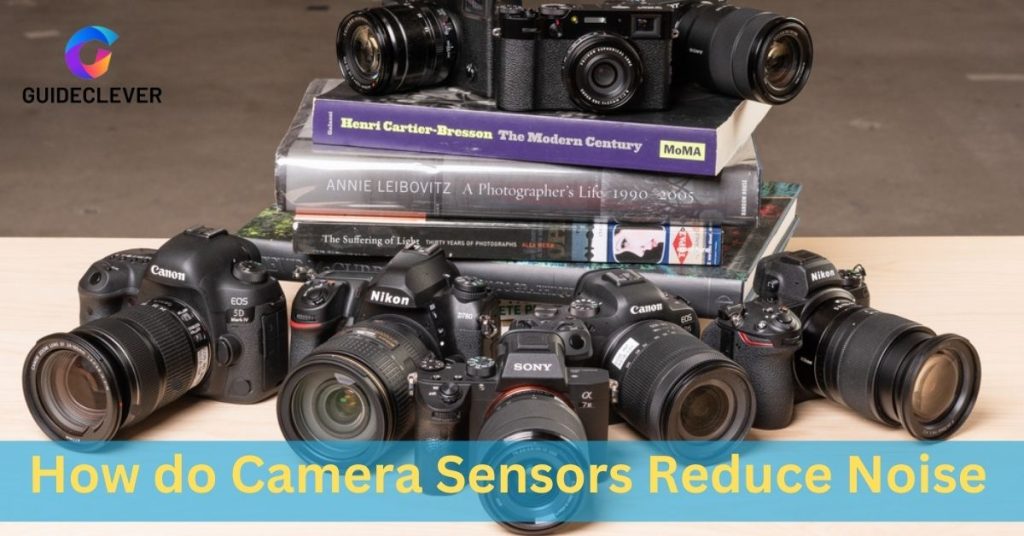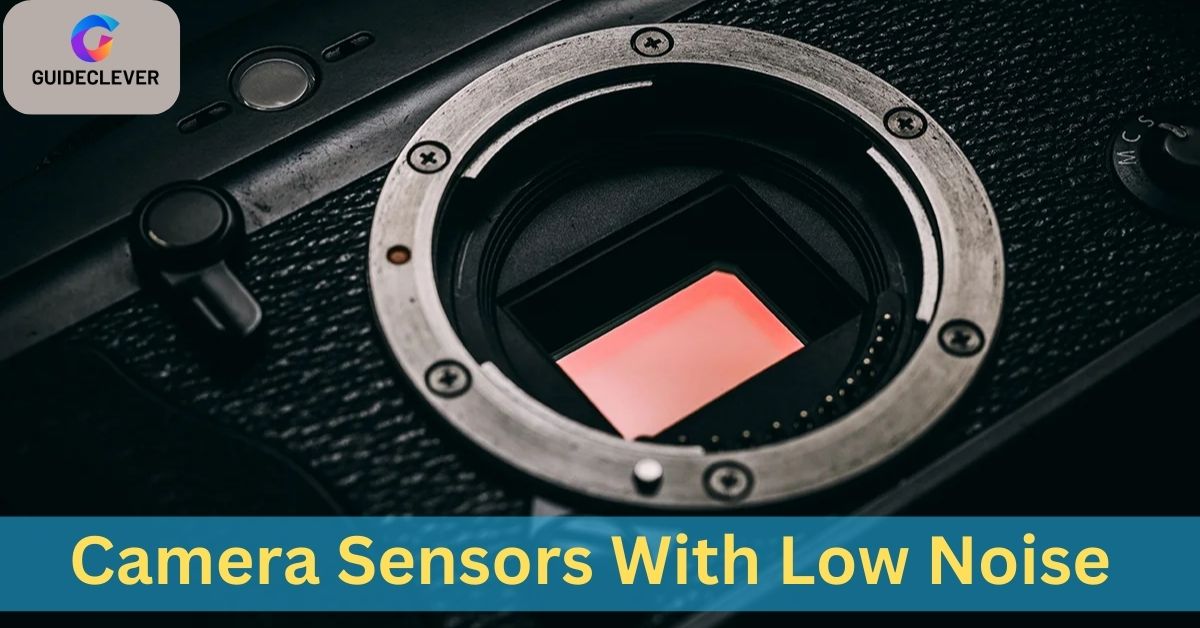When taking pictures or using digital cameras, the main goal is to get the best image quality. Photographers and camera enthusiasts aim for the perfect shot without any noise. But sometimes camera sensors with low noise.
They capture landscapes, candid moments, and intricate details. Noise refers to random changes in brightness or color that can make an image less clear and accurate.
But new camera sensors now have less noise, which has changed the way we capture and enjoy images. We can take clear and precise photos and videos with these advanced sensors. They also allow us to be creative.
Let’s explore camera sensors with low noise. We will explore the science, innovations, and real-world uses of modern imaging devices.
Contents
- 1 What is noise in camera sensors?
- 2 How to choose a camera sensor with low noise?
- 3 Types of Noise Reduction
- 4 Advantages of Camera sensors with low noise
- 5 How Do Camera Sensors Reduce Noise?
- 6 Future Developments In Low-Noise Camera Sensors
- 7 Examples Of Camera Sensors With Low Noise
- 8 Applications Of Low-Noise Camera Sensors
- 9 Final Thought
What is noise in camera sensors?

Noise in camera sensors is the grainy texture. Something may form when photographing at higher ISO settings or in low light. This noise appears as black, grey, or colored dots on the image. The size and amount of noise vary depending on the camera sensor. The type and ISO setting used for a particular shot. Keep reading our post to learn how to choose a camera sensor with low noise.
How to choose a camera sensor with low noise?
When choosing a camera sensor. Choose one with a large dynamic range and less read noise. A high dynamic range ensures that details in the highlights and shadows are captured. Low read noise also helps to keep images looking natural without too much graininess.
Additionally, pick a sensor with good low-light capabilities. That will allow you to shoot in dark environments without producing too much noise. When shooting with a camera sensor that has low noise. Make sure you are using the right ISO setting for the situation. Too high of an ISO can produce unwanted noise on the image. While too low of an ISO may make the image appear darker than it should. We have discussed the types of noise reduction below. Continue reading.
Types of Noise Reduction

There are two types of noise reduction strategies: hardware-based and software-based.
Hardware-based noise reduction uses specialized components on the camera sensor for Landscape Photography to reduce noise. Such as optical low-pass filters.
Software-based noise reduction uses algorithms to reduce graininess and noise.
Both methods can be used to reduce noise and improve image quality. But hardware-based noise reduction produces better results. Keep reading our post to know the benefits of low-noise camera sensors.
Advantages of Camera sensors with low noise
| Advantages of Camera Sensors with Low Noise | Best for |
|---|---|
| 1. Improved Low-Light Performance | Ideal for photographers working in low-light conditions, such as night photography, indoor settings, and capturing subjects in dimly lit environments. |
| 2. Enhanced Image Quality | Suited for photographers and professionals who prioritize top-tier image quality, particularly for preserving intricate details and textures. |
| 3. Greater Dynamic Range | Valuable for photographers who frequently encounter scenes with high contrast and challenging lighting, ensuring well-balanced and visually pleasing results. |
| 4. Reduced Post-Processing Needs | Great for those seeking efficient post-production workflows, allowing photographers to spend less time on noise reduction during image editing. |
| 5. Improved Color Accuracy | Essential for photographers focused on capturing vivid and true-to-life colors, making it ideal for various genres where color fidelity is crucial. |
| 6. Increased Flexibility for Editing | A boon for photographers who enjoy extensive image editing and manipulation, offering greater flexibility without compromising quality. |
| 7. Enhanced Creativity | Perfect for creative and experimental photographers who want to explore new techniques like long-exposure or astrophotography with minimized artifacts. |
| 8. Better Video Quality | Essential for videographers and filmmakers aiming for high-quality video production, especially in challenging lighting conditions or high ISO settings. |
| 9. Superior Printability | Best for photographers looking to produce large prints with exceptional detail and quality, suitable for exhibitions and fine art photography. |
| 10. Increased Overall Versatility | Versatile sensors that cater to a wide range of photography genres, making them suitable for professionals and enthusiasts engaged in various scenarios. |
Camera sensors with low noise offer numerous advantages, making them essential tools for photographers and videographers in different fields and creative pursuits.
How Do Camera Sensors Reduce Noise?

Camera sensors use a variety of strategies to reduce noise. Such as back-illuminated designs, larger pixel sizes, and better signal-to-no ratios. Back-illum designs increase the amount of light that reaches the sensor. This helps reduce noise and keep more detail in the image.
Additionally, larger pixel sizes aid in noise reduction by capturing more light. It processed each individual pixel. Better signal-to-noise ratios help reduce noise and increase detail in shadows and highlights.
Future Developments In Low-Noise Camera Sensors
Manufacturers are looking for ways to improve camera tripods sensor technology. And make them more efficient and powerful. Future developments include improved back-illumination. The sensor will receive more light as a result. Advanced algorithms that reduce noise without sacrificing detail in shadows and highlights. Additionally, new low-power sensors will be designed. Allows for longer battery life and less heat buildup.
Finally, new image processing techniques are being developed. This will help reduce noise while preserving detail in an image. These developments will continue to make camera sensors better and more efficient. And help photographers capture stunning images in any lighting condition.
Examples Of Camera Sensors With Low Noise
1. Sony IMX455
The Sony IMX455 is a full-frame sensor that is used in Sony’s A7S III camera. It has a high sensitivity with low noise levels and is designed for low-light shooting.
2. Canon EOS R5
The Canon EOS R5 features a full-frame CMOS sensor with 45 megapixels. A low-pass filter that helps to reduce noise and improve image quality.
3. Nikon Z7 II
The Nikon Z7 II has a 45.7-megapixel full-frame sensor. That delivers excellent image quality with low noise levels, especially in low-light conditions.
These cameras, along with many others. Showcase the ongoing advancements in low-noise camera sensor technology.
Applications Of Low-Noise Camera Sensors
Low-noise camera sensors are used for a variety of applications. These include video production, photography, surveillance, and scientific research.
Video production requires cameras that produce low-noise images. This allows for high-quality video footage with an extended dynamic range. Low-noise sensors also help to preserve details in shadows and highlights.
1. In photography,
low-noise sensors can capture stunning images in any lighting condition. From daylight to dark environments. Low-noise sensors also allow for more flexibility with settings and help to produce sharper images.
2. In surveillance,
low-noise sensors are used for security purposes. These sensors can capture images in low-light environments and help to identify suspects.
3. In scientific research,
low-noise sensors are used to capture precise images and data of the night sky. This makes it easier for astronomers to analyze stars and other celestial bodies.
Low-noise camera sensors use for a variety of purposes. And help photographers, filmmakers, and surveillance experts.
Final Thought
In summary, cameras with less noise are important for photography and digital imaging. While we were exploring, we found that these sensors change how we see images. This allows photographers and videographers to be more creative. These amazing devices have changed how we see and record the visual world. They capture low-light scenes and let us express our creativity without any noise.
With advancing technology, we can expect more innovations in low-noise camera sensors. As imaging technology gets better, we can now take clearer and more accurate pictures.
In this always changing world, one thing that never changes is the desire to take a perfect photo. The perfect photo captures emotion, beauty, and authenticity. Cameras need low noise sensors to capture and preserve beauty in the world. As we think about the future of imaging technology, we can feel excited and hopeful. We know that photography and videography will keep growing and evolving.



2 thoughts on “Best Camera Sensors With Low Noise: Silence Capturing!”